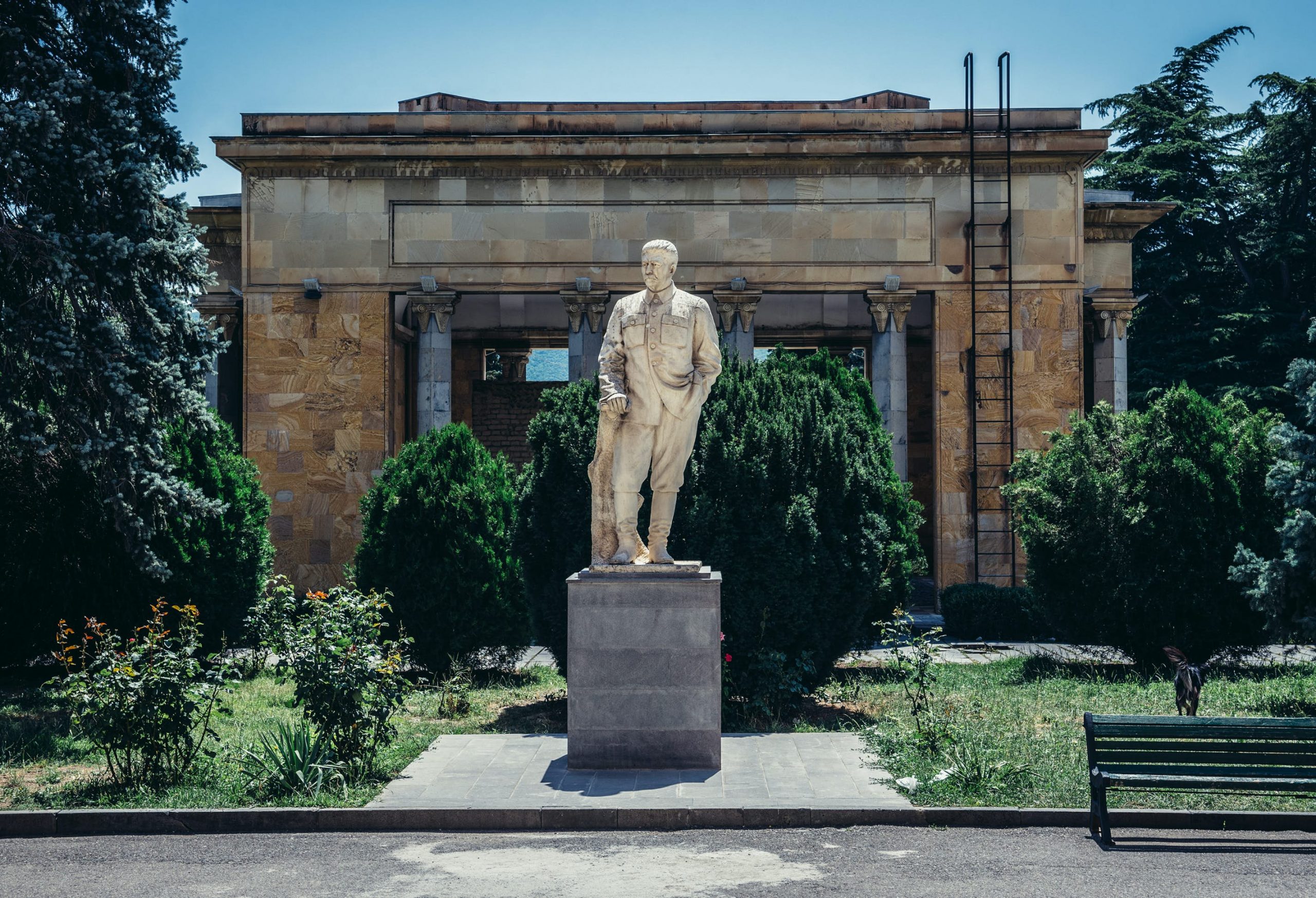STALIN MUSEUM
The Stalin Museum in Gori, Georgia, is a unique and controversial museum that showcases the life and legacy of Joseph Stalin, the infamous Soviet dictator who ruled from the mid-1920s until his death in 1953. The museum was opened in 1957, just four years after Stalin’s death, and has been a subject of controversy ever since.
The museum is located in the center of Gori, Stalin’s birthplace, and consists of several buildings, including a house where Stalin lived as a child, a museum building that houses exhibitions and artifacts related to Stalin’s life, and a large statue of Stalin that stands outside the museum entrance.
The exhibitions in the museum cover Stalin’s life from his childhood in Gori to his rise to power in the Soviet Union and his role in World War II. The displays include personal items such as Stalin’s desk, his death mask, and his military uniform, as well as propaganda posters and photographs that glorify Stalin’s leadership.
Critics of the museum argue that it promotes a distorted view of history and glorifies a man responsible for the deaths of millions of people during his reign. They also argue that the museum downplays the atrocities committed by Stalin’s regime, including the Gulag labor camps and the purges of political dissidents.
Despite these criticisms, the Stalin Museum remains a popular attraction for both tourists and locals. Some visitors come to pay homage to Stalin, while others come to learn more about the history of the Soviet Union and its impact on Georgia and the world.
In recent years, there have been calls to transform the museum into a more balanced and critical exploration of Stalin’s life and legacy. However, the museum’s continued popularity and its status as a symbol of Gori’s heritage make any significant changes a controversial and politically charged issue.



